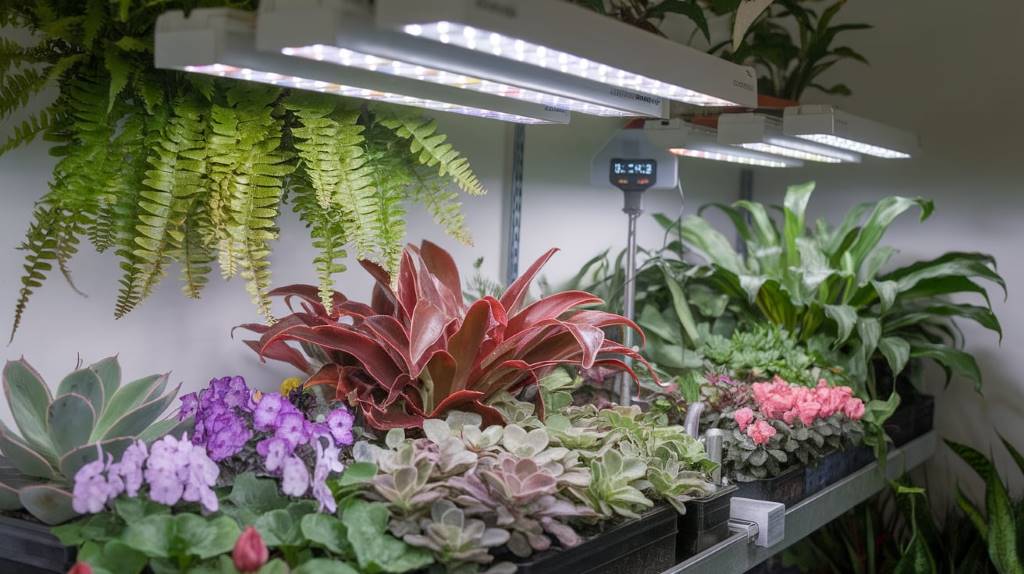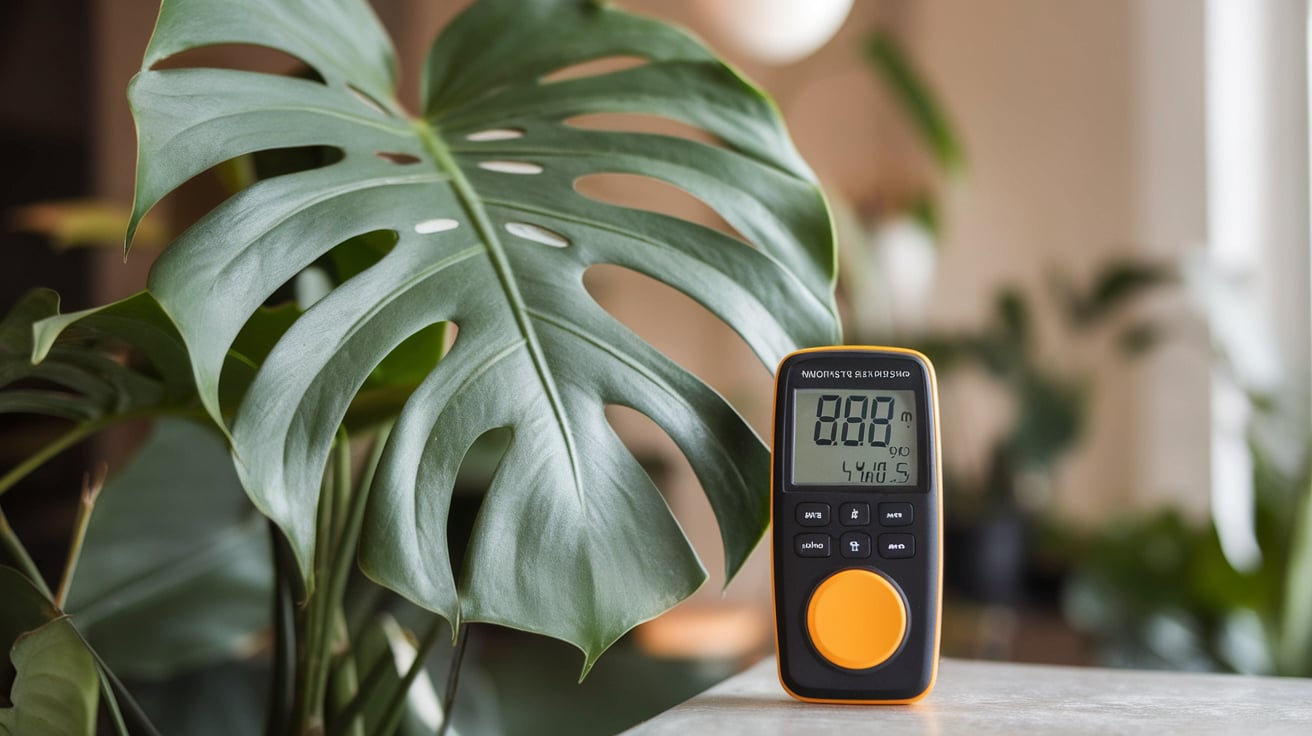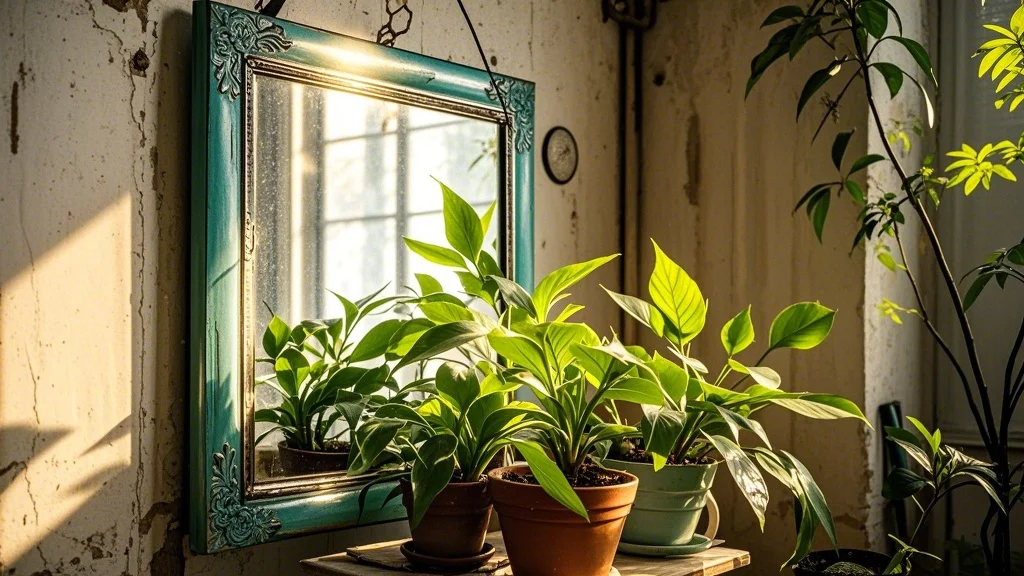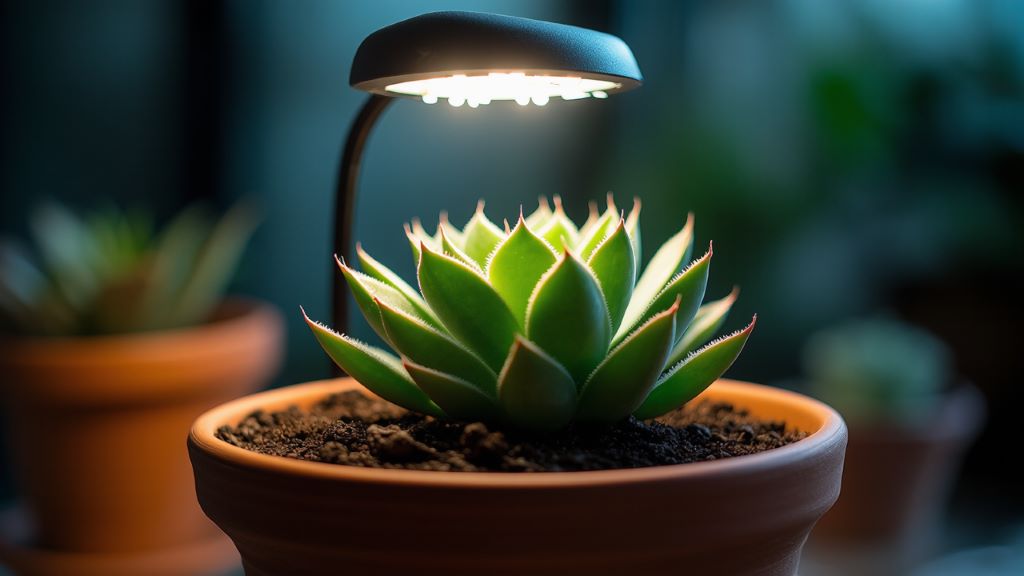For precision gardeners and technical plant enthusiasts, optimizing growing conditions is paramount. Among the critical factors affecting plant health and growth, light stands out as one of the most crucial. Enter light meters for plants – tools designed to measure and quantify the light your plants receive. But are these devices truly worth the investment? This article delves into the world of plant light meters, exploring their functionality, accuracy, and overall value for indoor gardeners and plant care aficionados.
Contents
- 1 Understanding Light Meters for Plants
- 2 How Plant Light Meters Work
- 3 Accuracy and Reliability
- 4 Benefits of Using Light Meters for Plants
- 5 Limitations and Considerations
- 6 Alternatives to Dedicated Light Meters
- 7 Choosing the Right Light Meter
- 8 Top Light Meters for Plant Growers
- 9 How to Use a Light Meter Effectively
- 10 The Verdict: Are Light Meters Worth It?
- 11 Conclusion
Understanding Light Meters for Plants
What Are Plant Light Meters?
Plant light meters, also known as PAR meters or quantum meters, are specialized devices designed to measure the intensity and quality of light available to plants. Unlike standard lux meters used in photography, plant light meters focus on the specific light wavelengths that are most relevant to photosynthesis.
Types of Plant Light Meters
- PAR Meters: Measure Photosynthetically Active Radiation (PAR), the range of light wavelengths most useful for plant growth.
- Lux Meters: Measure visible light intensity, but may not accurately represent plant-usable light.
- Spectroradiometers: Provide detailed spectral analysis of light, offering the most comprehensive data.
How Plant Light Meters Work
Plant light meters use sensors to detect and quantify light. PAR meters, the most common type for plant care, measure light in μmol/m²/s (micromoles per square meter per second), representing the number of photons hitting a given area each second.
Key Components:
- Photosensor: Detects light particles
- Microprocessor: Converts sensor data into readable measurements
- Display: Shows light intensity readings
Accuracy and Reliability
The accuracy of plant light meters can vary significantly based on the quality of the device and its calibration. High-end PAR meters used in scientific research can be extremely precise, while budget-friendly options may offer less reliable readings.
Factors Affecting Accuracy:
- Sensor quality
- Calibration
- Environmental conditions (temperature, humidity)
- User technique
Professional-grade meters often boast accuracy within ±5% of actual PAR values, while consumer-grade devices may have a wider margin of error.
Benefits of Using Light Meters for Plants

- Optimized Plant Placement: Accurately measure light levels in different areas of your home or greenhouse to determine ideal spots for each plant species.
- Improved Artificial Lighting Setup: Fine-tune grow light positioning and intensity for optimal plant growth.
- Seasonal Light Monitoring: Track changes in natural light throughout the year to adjust care routines accordingly.
- Troubleshooting Growth Issues: Identify potential light-related problems affecting plant health.
- Precision in Plant Care: Tailor watering and fertilization schedules based on actual light conditions.
- Energy Efficiency: Optimize artificial lighting usage, potentially reducing energy costs.
- Scientific Approach to Gardening: Gather quantitative data for more informed decision-making in plant care.
Limitations and Considerations
- Cost: High-quality PAR meters can be expensive, potentially out of reach for casual gardeners.
- Learning Curve: Interpreting readings and applying them to plant care requires some knowledge and experience.
- Overreliance on Numbers: Light is just one factor in plant health; overemphasizing light measurements may lead to neglecting other important aspects.
- Maintenance and Calibration: Regular calibration may be necessary to maintain accuracy, adding to long-term costs and effort.
- Limited Use for Some Gardeners: Casual or low-maintenance gardeners may not find significant value in the detailed data provided.
Alternatives to Dedicated Light Meters
- Smartphone Apps: While not as accurate as dedicated devices, some apps can provide rough estimates of light levels.
- Visual Assessment: Experienced gardeners can often gauge light levels effectively through observation and plant response.
- Light Charts: Reference guides can help estimate light levels based on location and time of day.
- Trial and Error: Adjusting plant placement and observing growth over time can be effective for many home gardeners.
Choosing the Right Light Meter
If you decide to invest in a light meter, consider the following factors:
- Accuracy: Look for meters with stated accuracy levels and calibration options.
- Measurement Range: Ensure the meter can measure both low and high light intensities relevant to your growing conditions.
- Ease of Use: Consider the interface, display readability, and overall user-friendliness.
- Additional Features: Some meters offer data logging, temperature measurement, or spectral analysis.
- Brand Reputation: Research user reviews and professional recommendations.
- Price: Balance your budget with the features and accuracy you need.
Top Light Meters for Plant Growers
- Apogee MQ-500 Full-Spectrum Quantum Meter
- Highly accurate PAR measurements
- Suitable for both natural and artificial light
- Durable and waterproof design
- Extech LT40 LED Light Meter
- Specifically designed for LED grow lights
- Budget-friendly option
- Simple operation for beginners
- UPRtek PG100N Handheld Spectrometer
- Comprehensive spectral analysis
- Measures PAR, PPFD, and color rendering
- Advanced features for serious growers
- Dr.Meter LX1330B Digital Illuminance Light Meter
- Measures in lux and foot-candles
- Affordable option for basic light measurement
- Wide measurement range
- Hydrofarm LGBQM Quantum PAR Meter
- Specifically calibrated for grow lights
- Measures PPFD (Photosynthetic Photon Flux Density)
- Includes a remote sensor for hard-to-reach areas
How to Use a Light Meter Effectively
- Take Multiple Readings: Measure light levels at different times of day and in various locations.
- Consider Plant Height: Take readings at the plant’s canopy level for accuracy.
- Account for Seasonal Changes: Repeat measurements throughout the year to adjust for changing natural light.
- Map Your Space: Create a light map of your growing area to optimize plant placement.
- Keep a Log: Record measurements over time to track trends and make informed decisions.
- Combine with Plant Observation: Use meter readings in conjunction with visual assessment of plant health.
The Verdict: Are Light Meters Worth It?
The value of a light meter for plants ultimately depends on your gardening goals, budget, and level of commitment to precision plant care.
Worth It For:
- Serious indoor gardeners with diverse plant collections
- Growers using artificial lighting systems
- Plant enthusiasts interested in optimizing growth conditions
- Those cultivating light-sensitive or rare plant species
May Not Be Worth It For:
- Casual houseplant owners with a few low-maintenance plants
- Outdoor gardeners in consistent climate conditions
- Those on a tight budget prioritizing other gardening tools
- Gardeners who prefer a more intuitive, less technical approach
Conclusion

Light meters for plants can be valuable tools for the right gardener, offering precise data to inform plant care decisions and optimize growing conditions. While they require an initial investment and some learning, the insights they provide can lead to healthier plants, more efficient use of grow lights, and a deeper understanding of your plants’ needs.
However, they’re not essential for everyone. Many successful gardeners rely on experience, observation, and simpler methods to assess light conditions. Before investing in a light meter, consider your gardening style, the complexity of your plant collection, and how much you value quantitative data in your plant care routine.
Ultimately, whether a light meter is worth it depends on your individual needs and goals as a plant grower. For those seeking to elevate their indoor gardening game and approach plant care with scientific precision, a quality light meter can be a game-changing addition to their toolkit.








